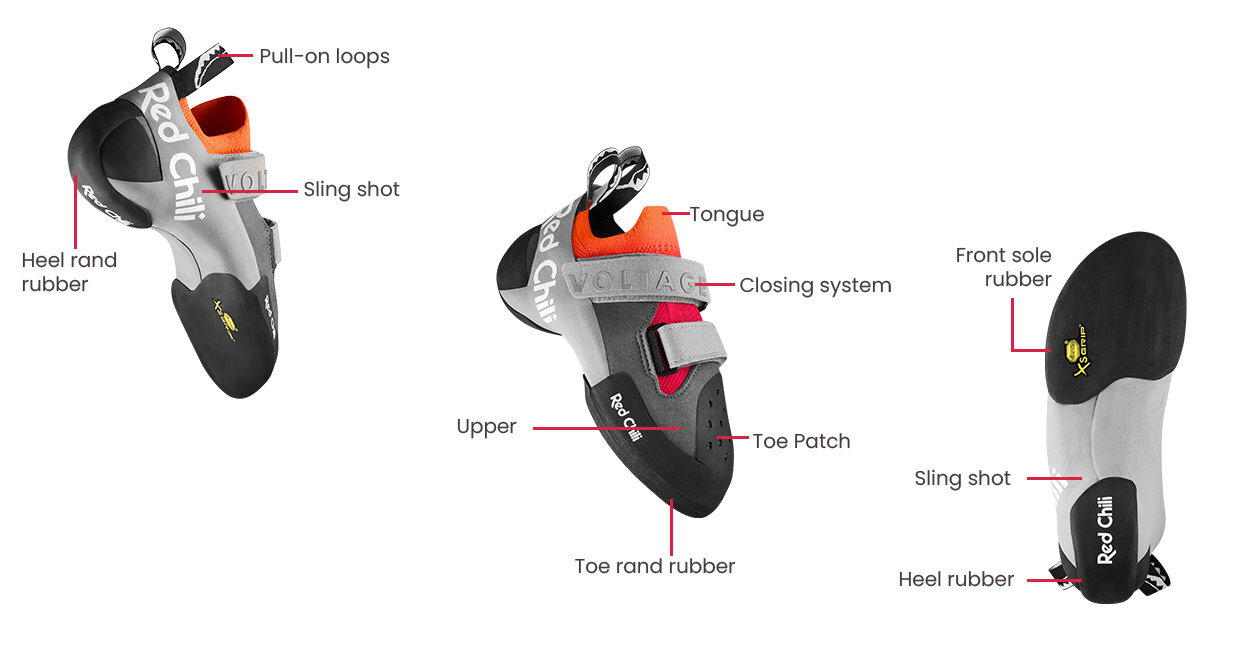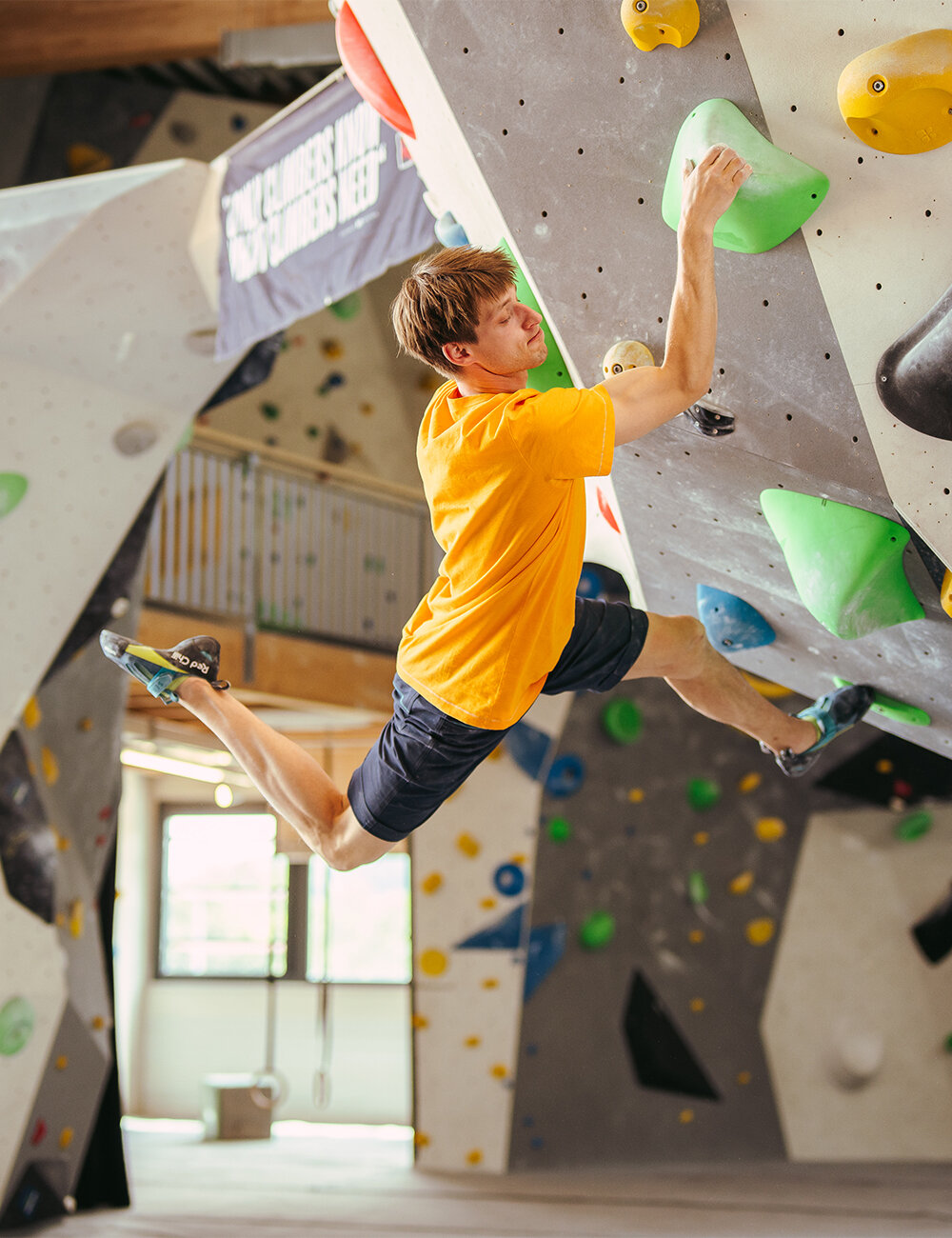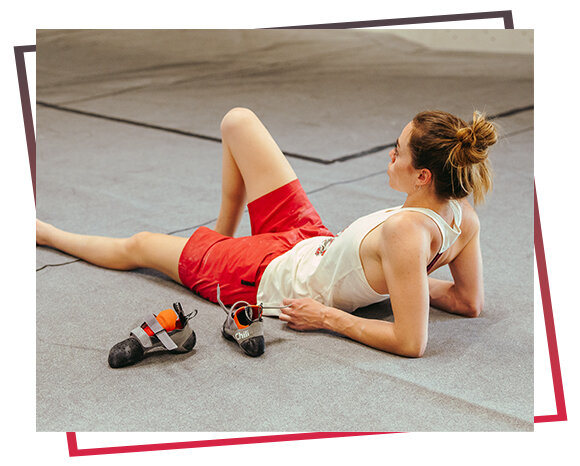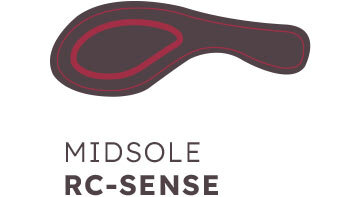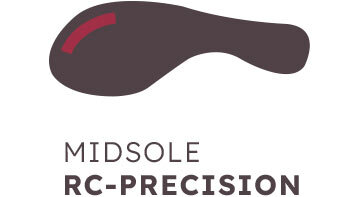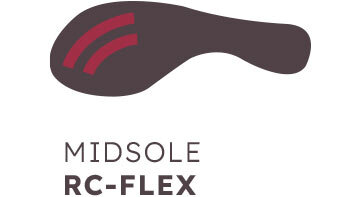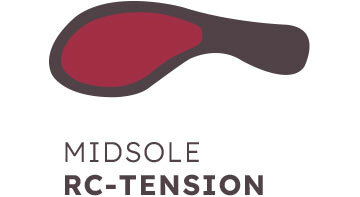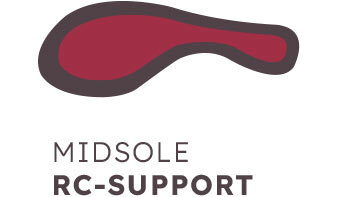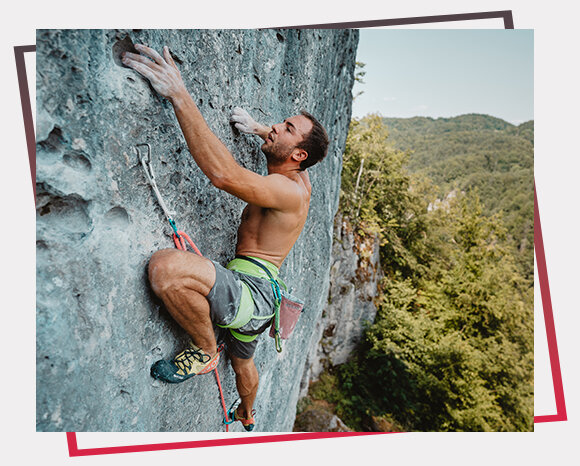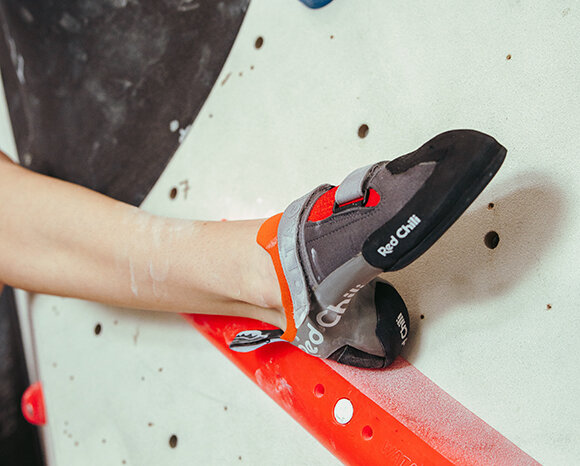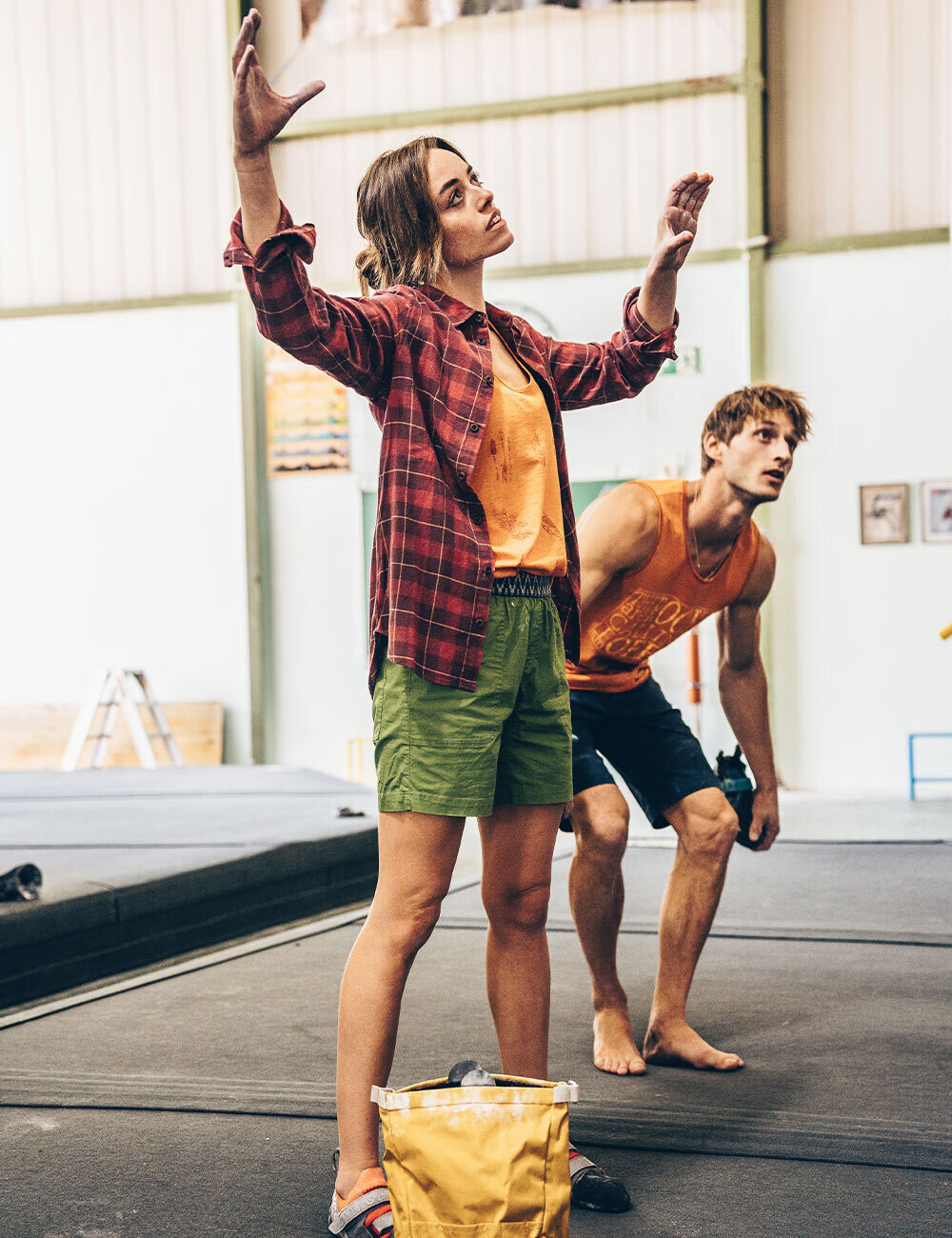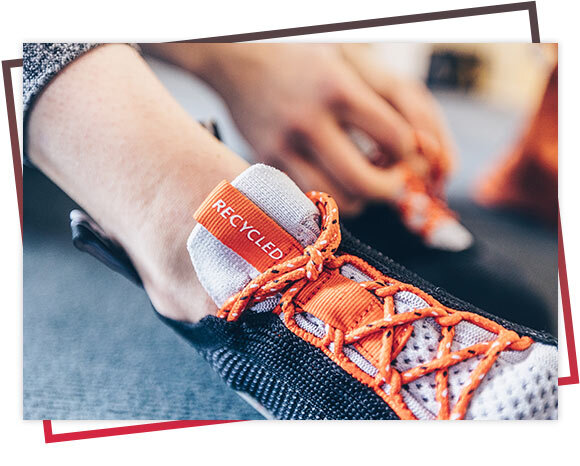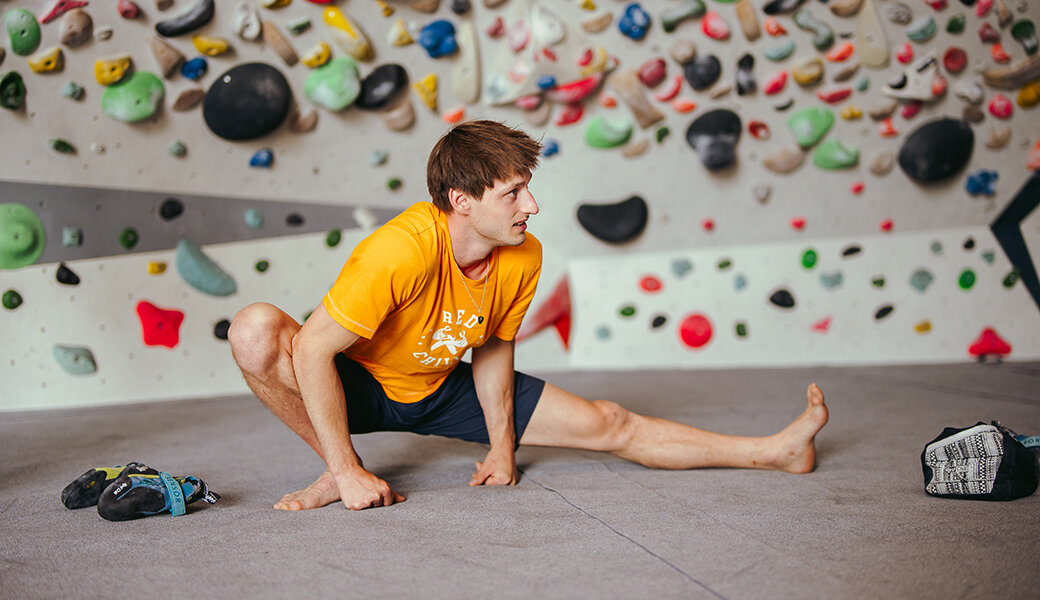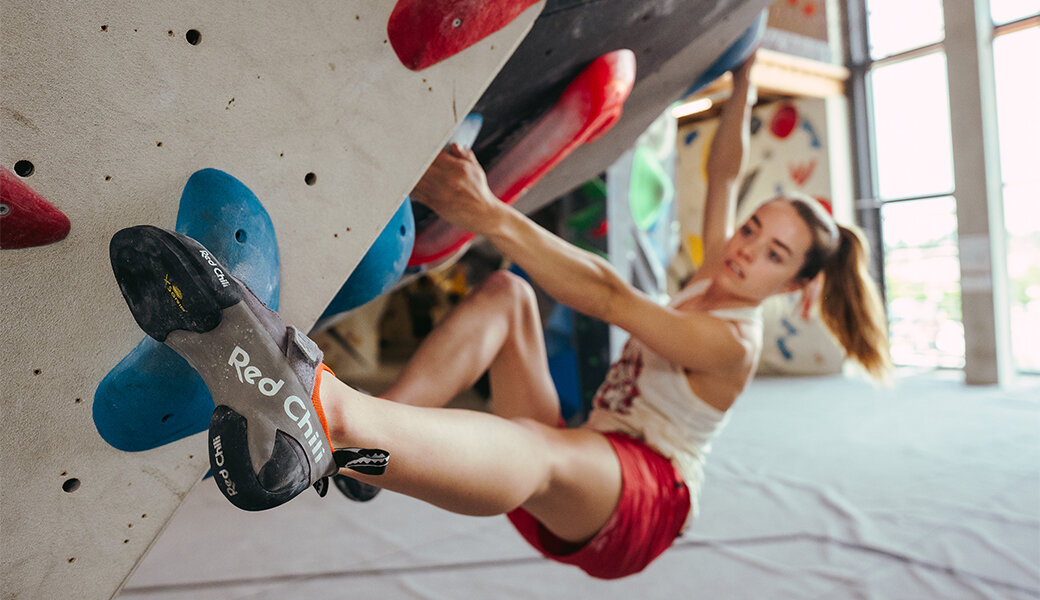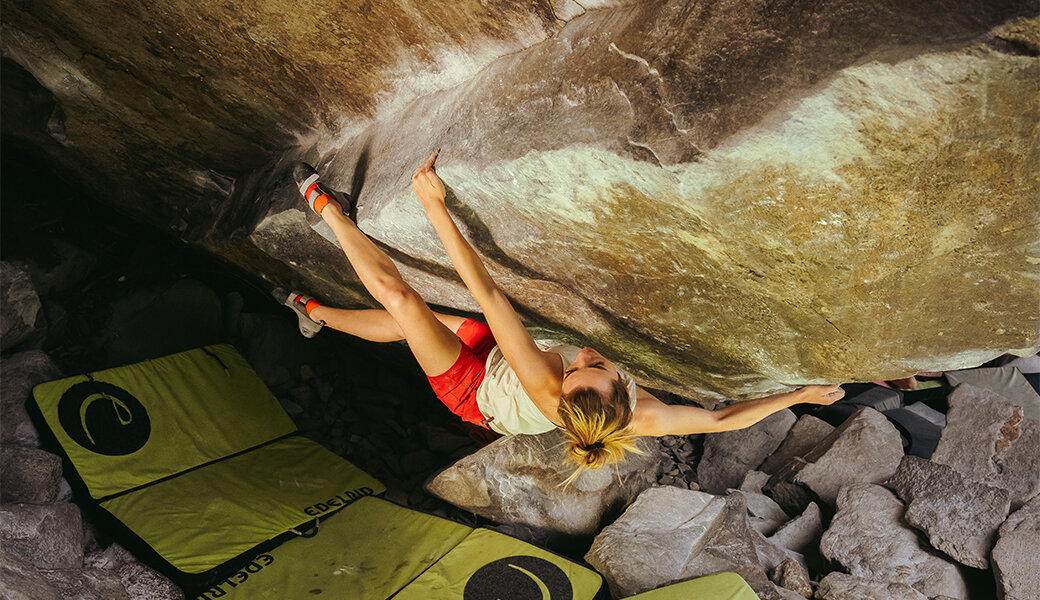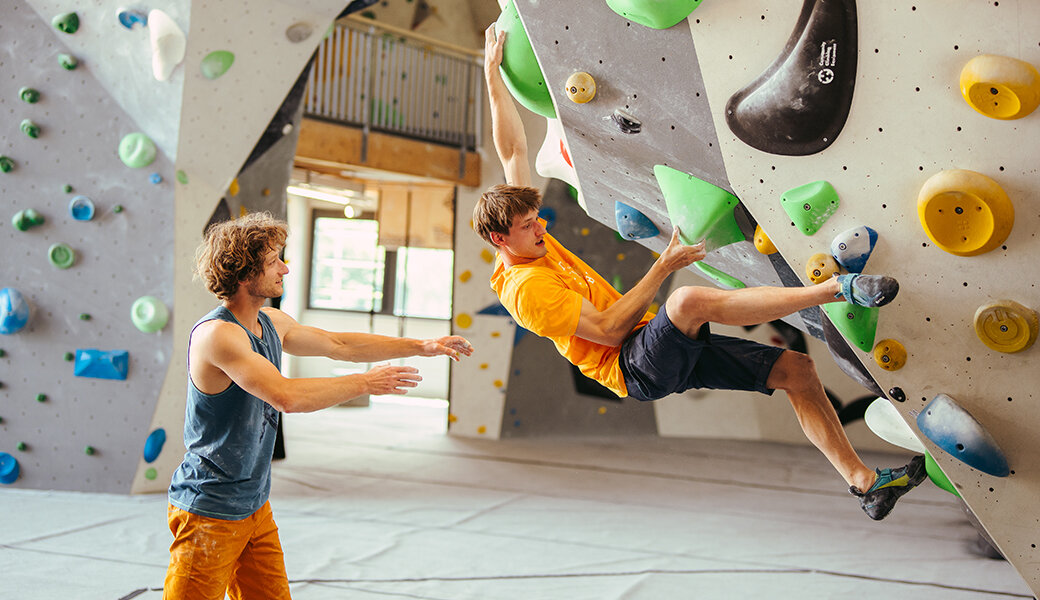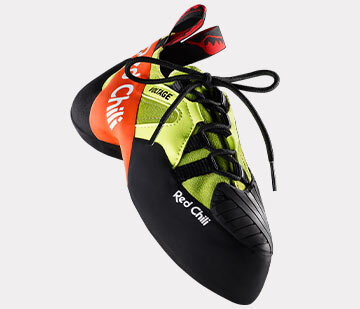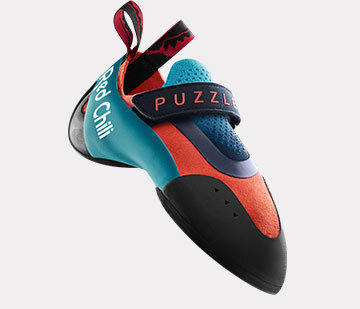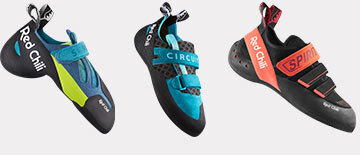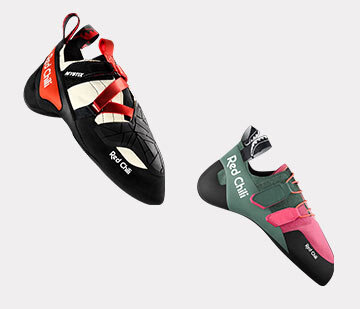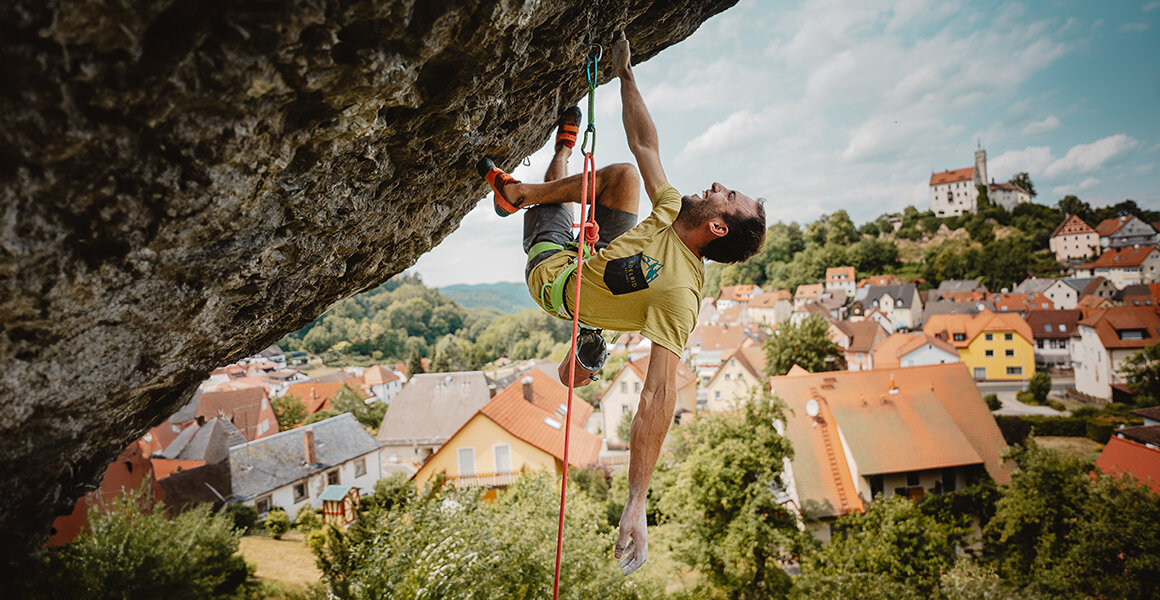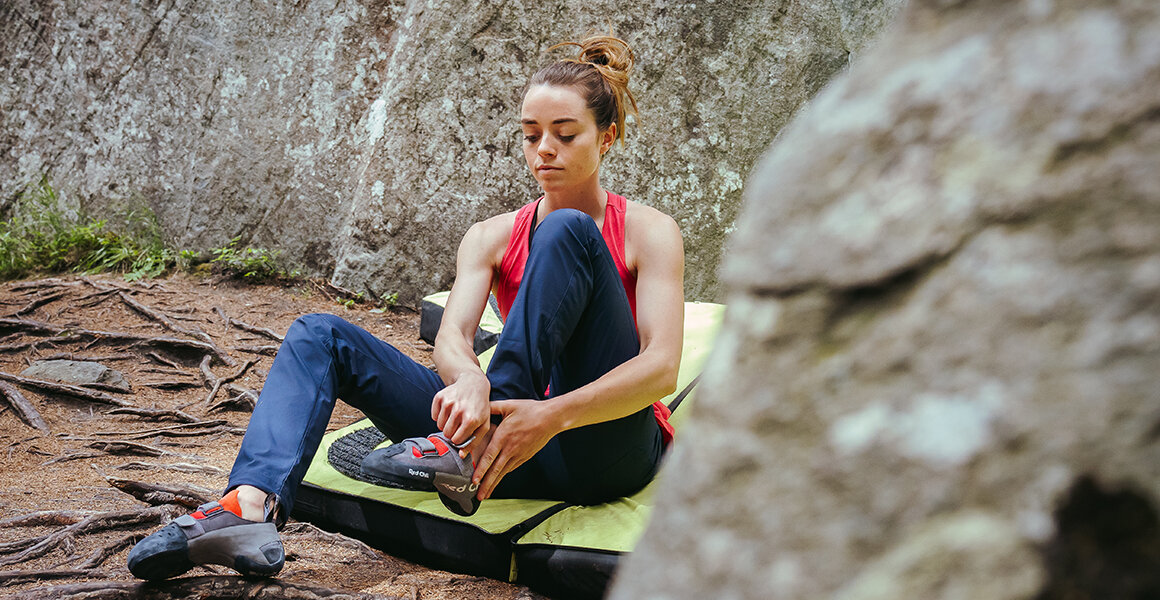What’s in a Sole? Laces or VCR? Why is Asymmetry Important?
Do I Need a Downturn and Pre-Tensioning?
What do downturn and slingshot mean, is soft or hard rubber better, and what does the midsole actually do? When you’re looking for new climbing shoes, discuss your gear at the crag, or chat to others in a gym, you’ll find yourself confronted with all sorts of specialist climbing shoe jargon. This is because even though climbing shoes might seem to be simple products with a little rubber, some leather, and a pair of laces, hours of research and development work actually go into every single model. The right technological solutions and designs for the specific use have to be optimally coordinated to offer you the perfect weapon for your next successful climb.
A climbing shoe is made up of the following elements:
To understand your climbing shoes’ many features and the technologies that bring them to life, it is useful to take a look at the structure of a climbing shoe and see the names of the individual parts.

